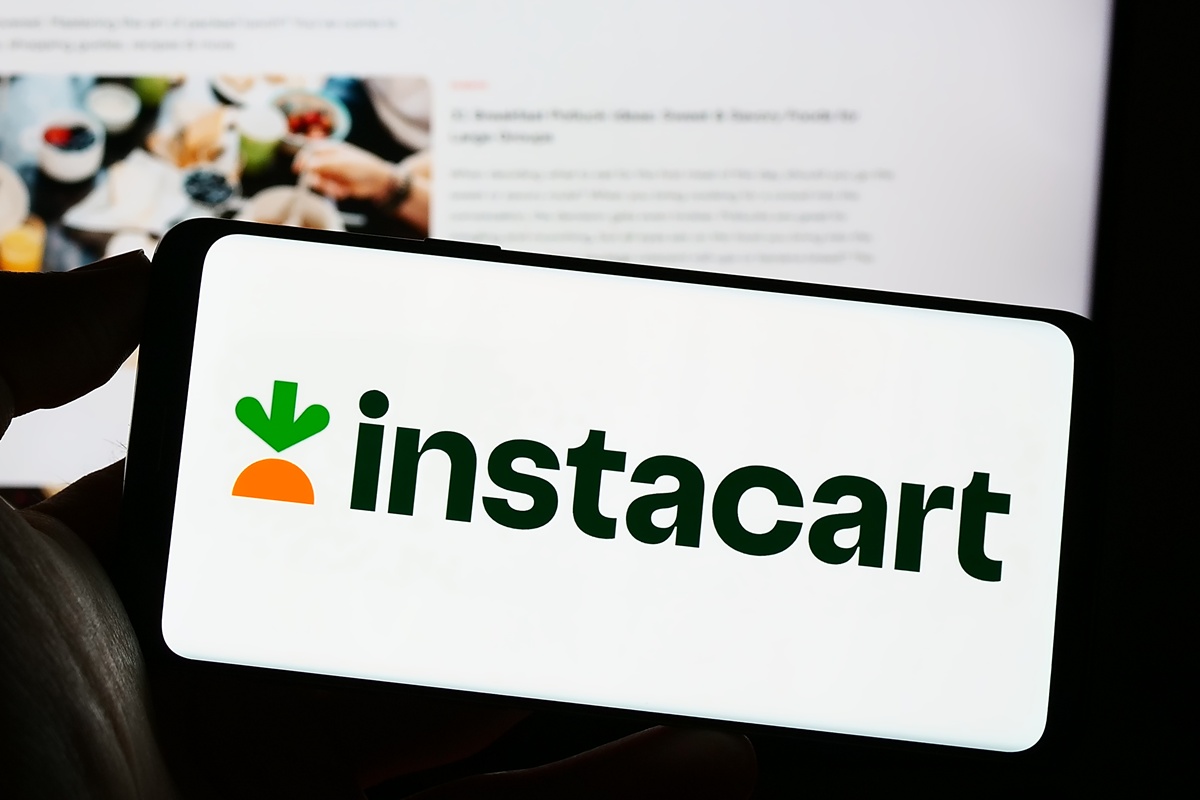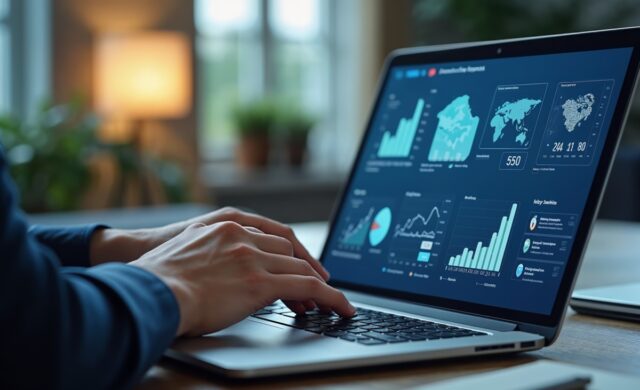March 10, 2025
Instacart’s strategic use of AI drives inventory accuracy and customer retention

Grocery delivery company Instacart is making significant strides in enhancing its customer experience through the integration of AI in its inventory management and product substitution processes. During a recent earnings call, CEO Fidji Simo highlighted the company’s commitment to AI, stating that it is utilised across various aspects of the business.
Simo mentioned Instacart’s ability to improve product replacements, having trained its systems on ten times more data than before. This approach resulted in an impressive 300 million replacements in 2024, achieving a 95% satisfaction rate. “That’s kind of a mind-blowing scale,” Simo remarked, referring to a powerful combination of robust AI with vast data points to enhance accuracy in finding suitable product replacements.
Instacart’s focus on inventory efficiency
The company’s innovative inventory management system integrates with retailers while incorporating real-time data from shoppers regarding product availability. As a result, Instacart is able to respond more effectively to customer needs, a strategy further enhanced by future plans to implement computer vision technology. This technology will enable shoppers to scan store aisles, providing even more data about product availability.
Simo noted the significance of these advancements on customer retention, stating, “Quality is critical to moving the grocery industry online, and every point of found rate and fill rate matters enormously to drive retention.” She expressed pride in the company’s ability to increase both found rates and fill rates for ten consecutive quarters.
In the context of advertising growth, Simo acknowledged the challenges facing the food and beverage sector but remains optimistic about the company’s position. While Instacart’s advertising growth may not match that of larger retail media platforms, the company anticipates that advertising revenue will grow faster than gross transaction value (GTV) in the first quarter.
Instacart also cut the minimum basket size for Instacart+ members from $35 to $10 ahead of Thanksgiving, which has helped boost use.



